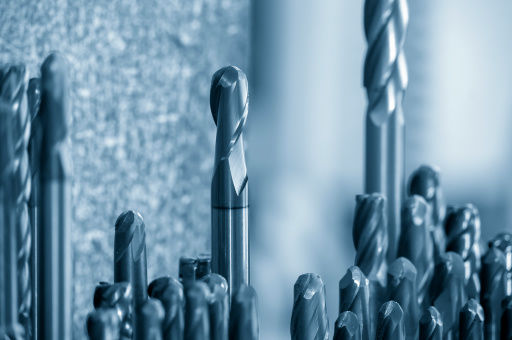
 Home > News
Home > NewsAISI1010-1015 low carbon steel balls are super popular in all kinds of industries because they’re affordable and have decent mechanical properties. But, making sure that these balls come out with the same quality every time and keeping tight control during production is still a big hurdle. In this article, we’ll dive into what kind of production standards and precision controls are needed for AISI1010-1015 steel balls, plus how manufacturers can hit those marks.

AISI1010-1015 steel is a category of low carbon steel with a carbon content ranging from 0.08% to 0.15%. Its main characteristics include excellent machinability, good formability, and weldability. These features make it an ideal material for the production of steel balls, particularly for applications that don’t require high strength but need a good balance of toughness and wear resistance.
Precision in steel ball manufacturing is critical to ensure proper function in end-use applications. The tolerance of these balls must be very tight, as any deviation can lead to performance issues, such as uneven load distribution, premature wear, and reduced efficiency in machinery.
Tolerance refers to the allowable deviation from the nominal dimensions of the steel ball, and it is typically measured in terms of roundness, diameter, and surface finish. Precision control ensures that these tolerances are consistently met throughout the production process.
Roundness: For AISI1010-1015 steel balls, the roundness tolerance typically falls within 0.0005 to 0.002 inches (0.0127 to 0.0508 mm). This tight tolerance ensures that the balls maintain a consistent, spherical shape, which is essential for smooth movement in bearings and other applications.
Diameter Tolerance: The diameter of AISI1010-1015 balls is usually controlled to within ±0.002 inches (±0.0508 mm), though tighter tolerances can be specified for high-precision applications.
Surface Finish: The surface finish of the balls is crucial for minimizing wear and corrosion. For low carbon steel balls, surface roughness is typically measured in Ra (roughness average) and is expected to be in the range of 0.2 to 0.6 µm. This ensures smooth rolling action and minimizes friction between contacting surfaces.
Hardness: While not always a stringent requirement for low carbon steel balls, hardness is generally controlled in the range of 110-150 Brinell Hardness Number (BHN), ensuring adequate wear resistance without compromising machinability.
Manufacturing AISI1010-1015 low carbon steel balls requires a combination of advanced techniques and technologies to maintain tight tolerance and precision. Some of the most critical methods include:
Grinding and Lapping: Grinding is used to achieve the required dimensional accuracy, followed by lapping to improve surface finish and roundness. These processes are conducted under strict control to avoid any deviations that could impact ball performance.
Heat Treatment: While low carbon steel doesn’t require extensive heat treatment, proper annealing is essential to relieve stresses and maintain consistency in hardness. Heat treatment parameters like time, temperature, and cooling rate must be precisely controlled to avoid variations in material properties.
Measurement and Inspection: To ensure compliance with tolerance standards, various inspection methods such as optical microscopy, coordinate measuring machines (CMM), and laser interferometers are used. These tools provide real-time feedback, allowing manufacturers to make adjustments during production if necessary.
Quality Control and Testing: Statistical process control (SPC) and Six Sigma methodologies are often employed to monitor and maintain tolerance during the production process. Batch testing is performed regularly to identify potential deviations before the balls are shipped out.
Manufacturing AISI1010-1015 low carbon steel balls presents several challenges in terms of precision control:
Material Variability: While low carbon steel is relatively inexpensive and readily available, its properties can vary slightly from batch to batch, affecting the final product's roundness and surface finish.
Tool Wear: The grinding and lapping tools used to achieve the required tolerances experience wear over time, which can result in inconsistencies in ball dimensions if not monitored and replaced regularly.
Environmental Factors: Temperature fluctuations, humidity, and machine vibrations during the production process can cause slight variations in the final product’s dimensions, necessitating constant monitoring and control to maintain high precision.
Getting the right tolerance and precision when making AISI1010-1015 low carbon steel balls can be tricky, but it’s definitely doable. By picking the right materials, using modern manufacturing techniques, and keeping a close eye on quality control, manufacturers can make sure these balls meet the high standards needed for different uses. As industries keep pushing for better efficiency and longer-lasting parts, being precise in ball production will continue to be super important for ensuring reliable performance.
View More(Total0)Comment Lists